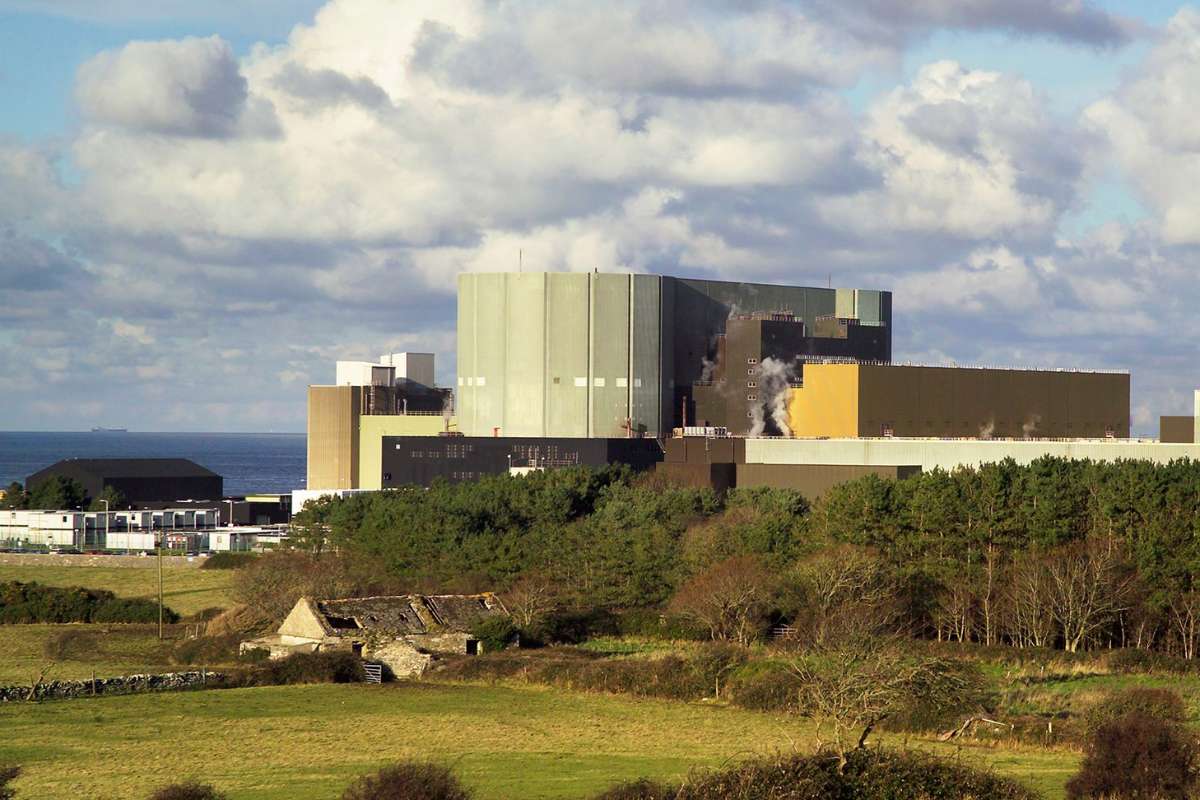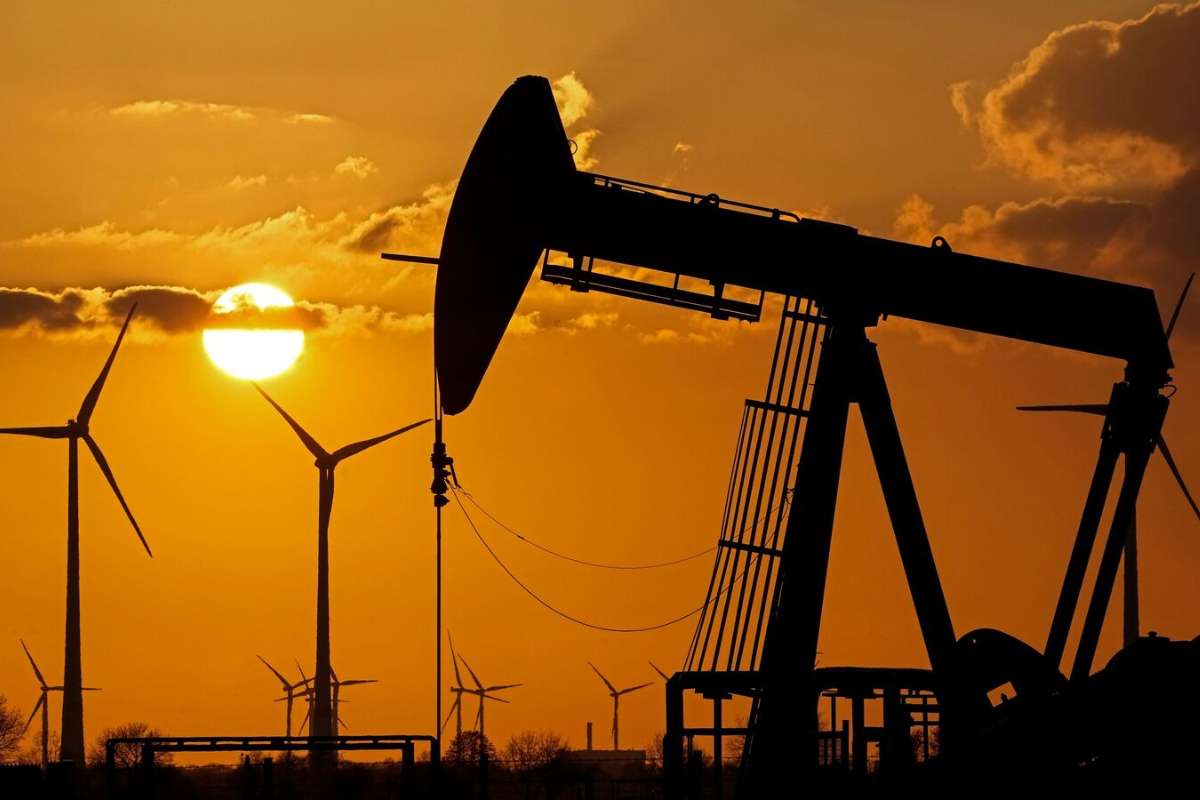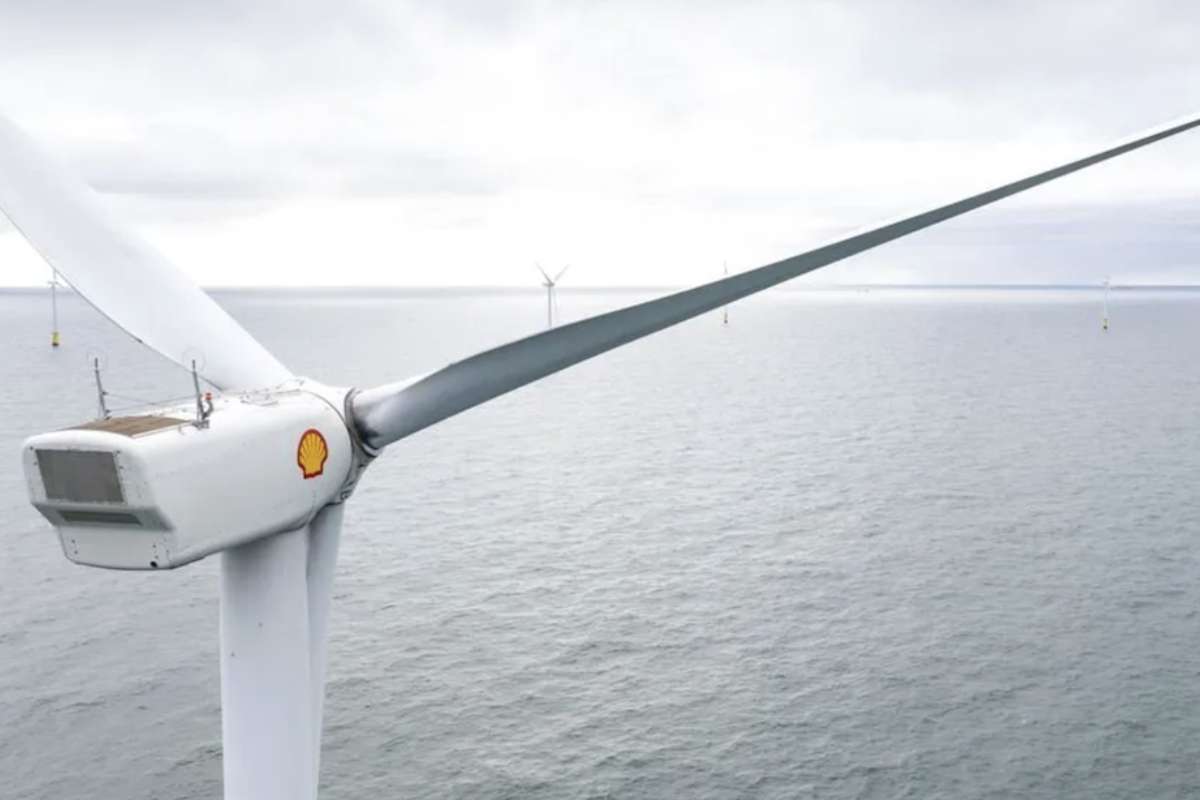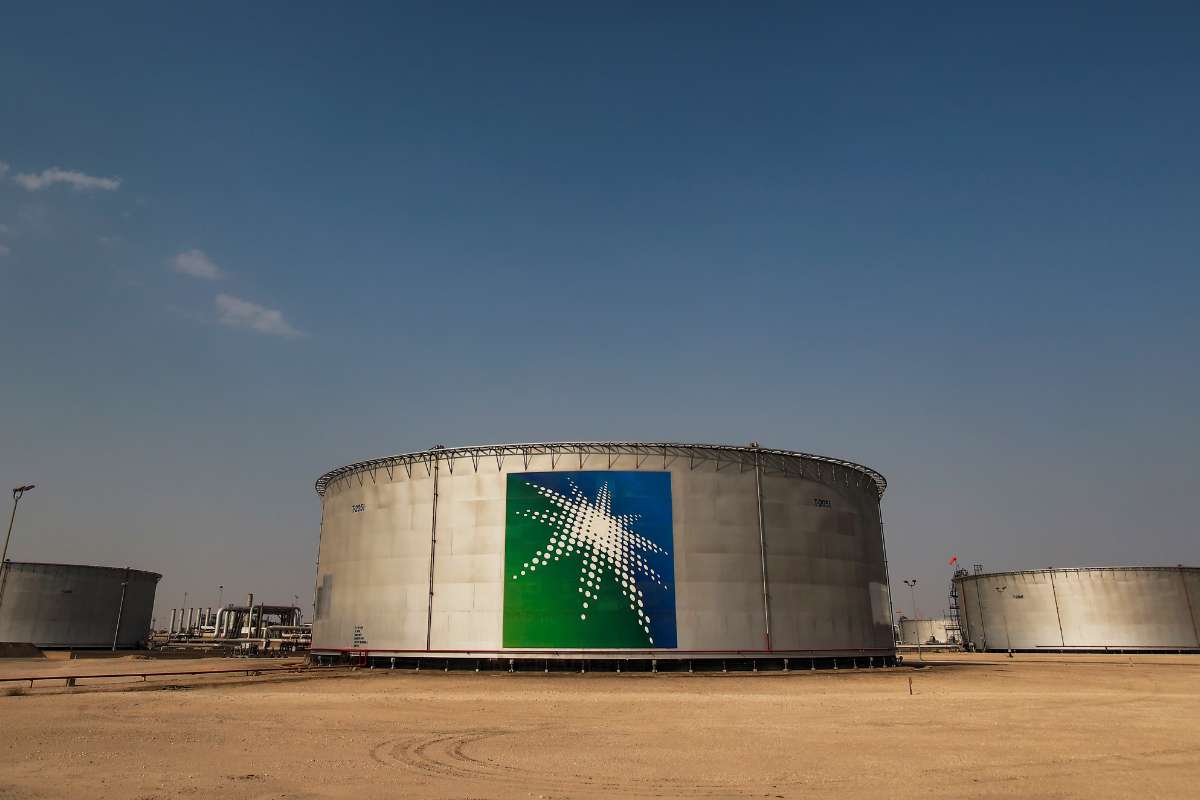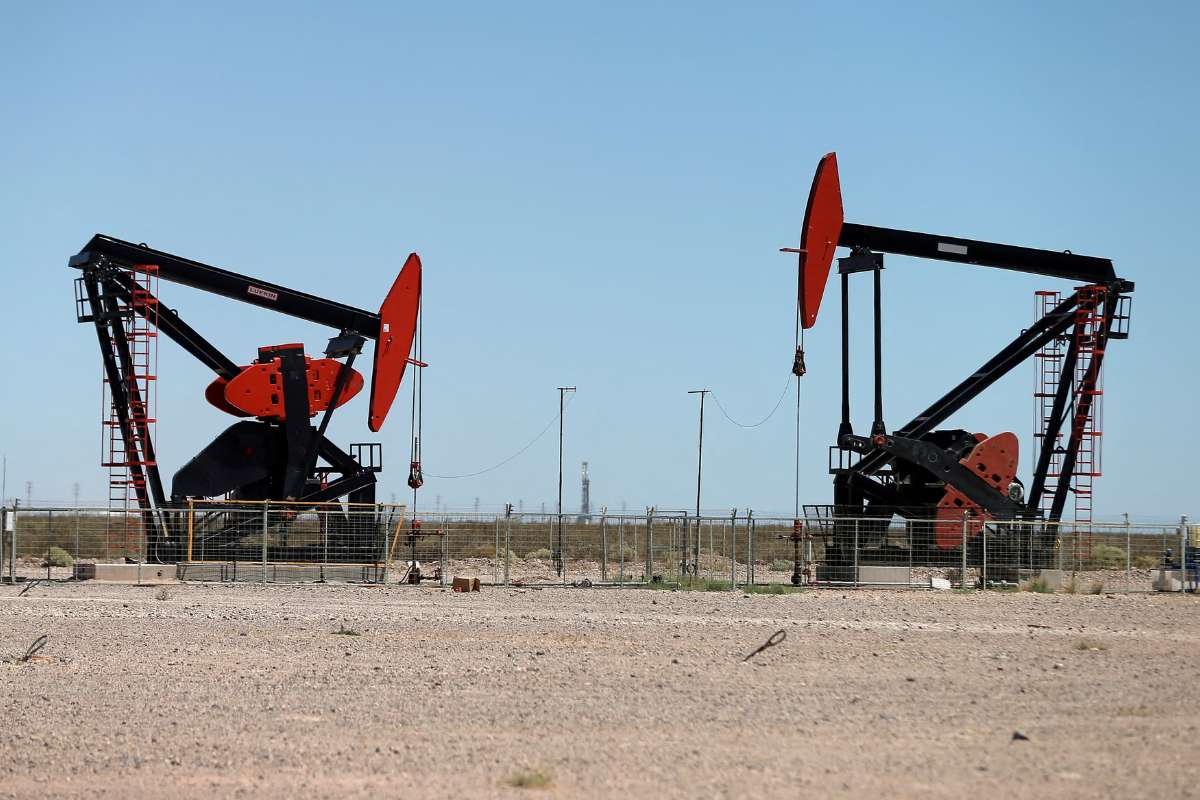The UK government will build the country’s first small modular reactor (SMR) power station at Wylfa on Anglesey, officials confirmed on Thursday. The project, led by publicly owned Great British Energy-Nuclear, aims to begin construction next year and start generating power by the mid-2030s. Ministers said the site will host three SMRs, with potential capacity for up to eight units.
The government said the development will support energy security by providing low-carbon electricity for about three million homes. The plan includes £2.5 billion in public investment and is expected to create as many as 3,000 jobs during the construction phase.
Prime Minister Sir Keir Starmer said Britain had fallen behind after “years of neglect and inertia,” adding that work at Wylfa would start “virtually straight away.” During a visit to a college in north Wales, he said the project would deliver long-term employment opportunities.
What the project involves
The Wylfa station will use SMRs that operate on the same principles as traditional modular reactor but at a much smaller scale. Officials said the Modular reactor design allows components to be manufactured in factories and transported for on-site assembly.
Ed Miliband, the Secretary of State for Energy and Climate Change, said the development places the UK “in the race for new reactors.” He said the government plans to work with local colleges to ensure residents have access to training and technical roles linked to the plant.
Simon Bowen, chair of Great British Energy-Nuclear, said the announcement marked an important step for the country’s nuclear program. Local leaders, including Ynys Môn MP Llinos Medi, said the project could bring significant economic benefits if jobs and training are accessible to local communities.
Some concerns were raised over capacity, with Shadow Secretary of State for Wales Mims Davies saying the SMRs will produce “a fraction of the power that a gigawatt-scale plant would deliver.” The Wales Green Party said investment should prioritise renewable sources, calling nuclear “an expensive distraction.”
The Federation of Small Businesses in Wales welcomed the project as a “once in a generation” opportunity for regional supply chains and infrastructure.
Context and debate
Great British Energy-Nuclear has also been asked to identify sites for an additional large-scale plant, similar to those under construction at Hinkley Point in Somerset and Sizewell in Suffolk. Officials expect a report by autumn 2026.
Uncertainty remains over whether the new SMR plan affects Wylfa’s previous designation as the preferred location for a gigawatt-scale plant under the former Conservative government. The decision to proceed with SMRs drew criticism from US ambassador Warren Stephens, who said he was disappointed after advocating for a large facility designed by US firm Westinghouse. Downing Street said the choice “doesn’t close the door” to potential US involvement in future nuclear projects.
Experts noted several challenges ahead. Prof. Simon Middleburgh of Bangor University said SMRs would be manufactured “in a modular manner” but cautioned that regulatory approval, new factory capacity and workforce training remain outstanding hurdles.
Opposition groups raised long-standing concerns about nuclear waste, noting that the UK has yet to finalize a site for long-term storage. Campaigners argued that Anglesey should instead expand wind, wave and tidal projects.
The original Wylfa plant ceased operations in 2015. A previous replacement proposal by Hitachi collapsed in 2021 due to cost pressures and a lack of agreement with the government.
Political factors also surround the announcement. UK ministers view the project as evidence of renewed commitment to major infrastructure investment. In Wales, First Minister Eluned Morgan has advocated for the site, calling Wylfa a significant opportunity while continuing to press for wider funding reforms and further devolution of powers.
Visit Oil Gas Energy Magazine for the most recent information.

